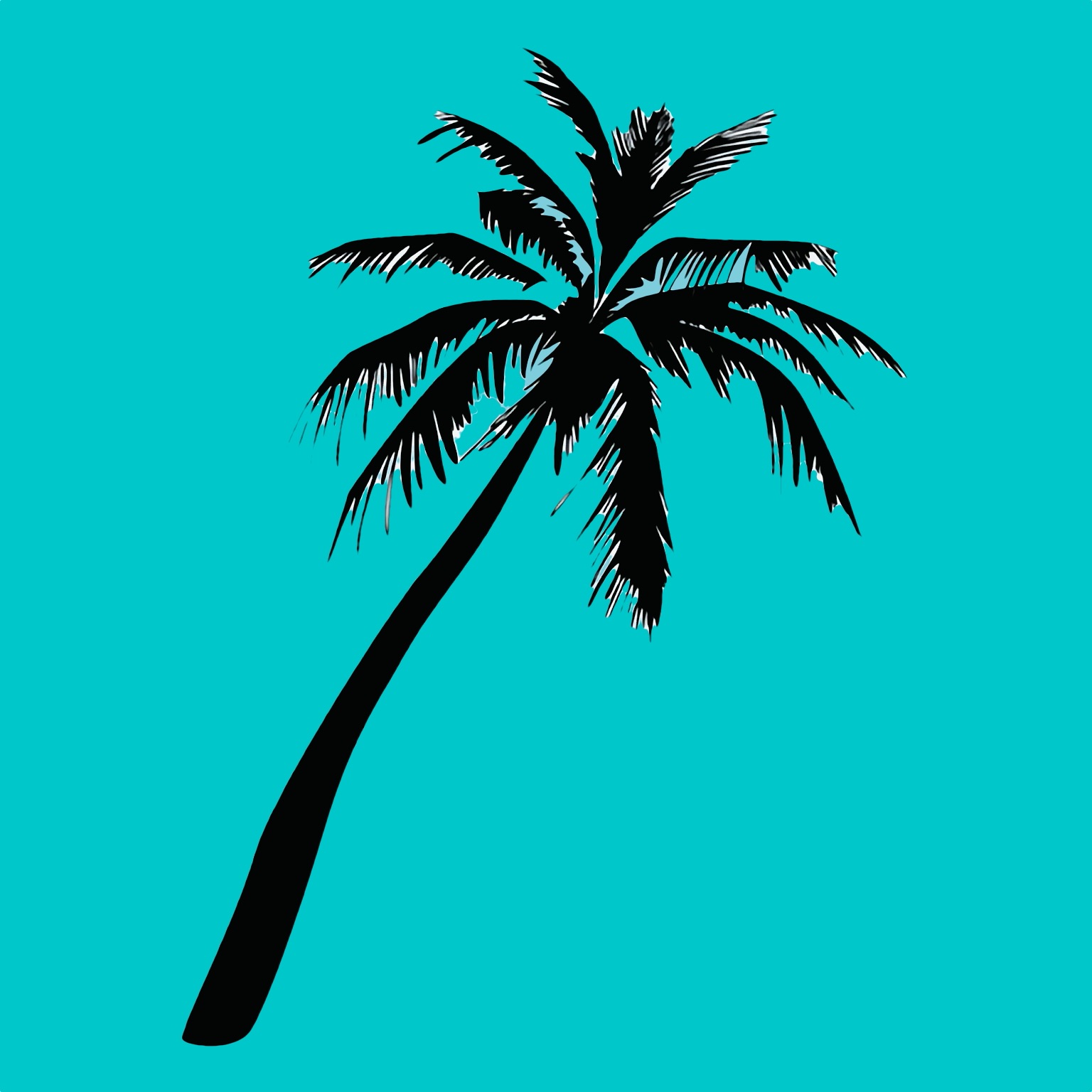Just picked up a couple of art supplies to start creating in analog as opposed to digital all the time. I have this need for a tactile experience. I am lousy and impatient but somehow feel the need to experience this. Oh, and the smell of wood and graphite when I open that tin is amazing.



Be First to Comment